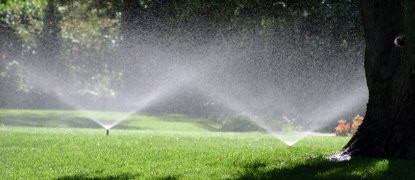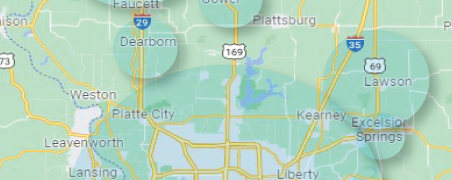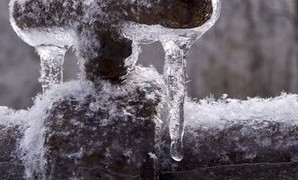Lawn Care Tip: Pulsating Sprinklers

Lawn care involves many steps, but perhaps none is as important as proper hydration. After all, a lawn cannot grow without water. Adequately hydrating your lawn is not an exact science, but it is close. The best plan is to install a sprinkler system that ensures your lawn is watered every day at the same time. Sprinkler systems with a timer are even more ideal, but you still have several options there. Lawn care specialists highly recommend pulsating sprinklers for the best results.
Pulsating sprinkler systems spray water into the air and allow the water to fall back down to the ground in a fine mist. There are five different types of pulsating sprinklers: impulse, traveling, stationary, oscillating and rotary. Impulse sprinklers are the top choice of many lawn care professionals who need to water a larger area.
It is important to know if you have high or low water pressure, as that also factors in to which type of pulsating sprinkler you choose for your needs. If you have low water pressure, an H-base is a better choice than a spike-based sprinkler which is better suited for high pressure.
Pulsating sprinklers have the benefit of being designed with gusty winds in mind, as well as low-hanging trees or tall shrubs. The height of the water spray can be adjusted accordingly and since the water is typically sprayed close to the ground, its spray is unaffected by the wind.










